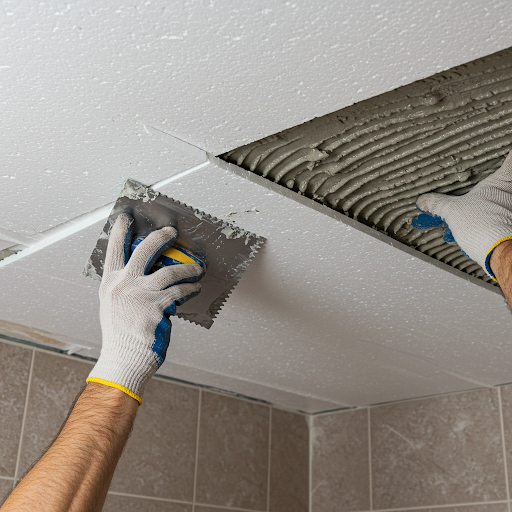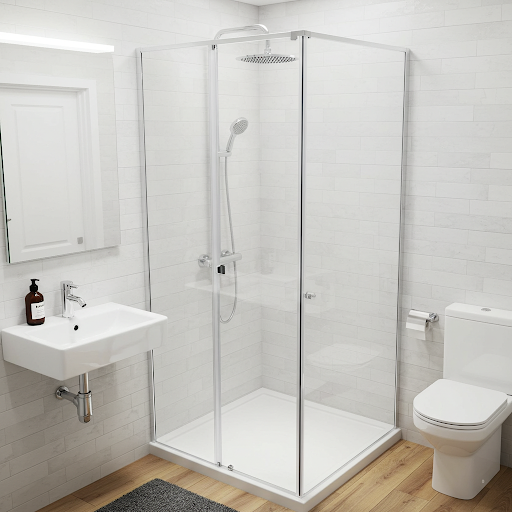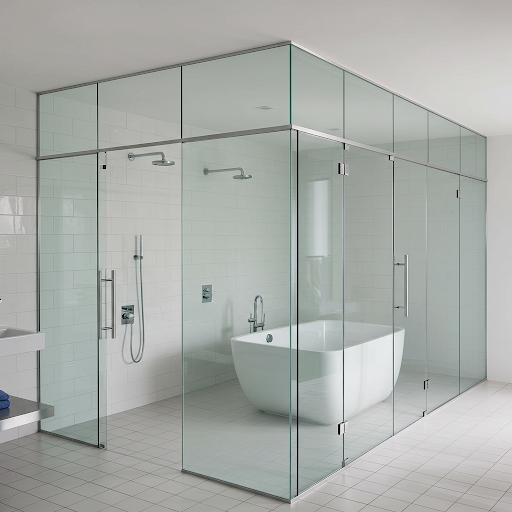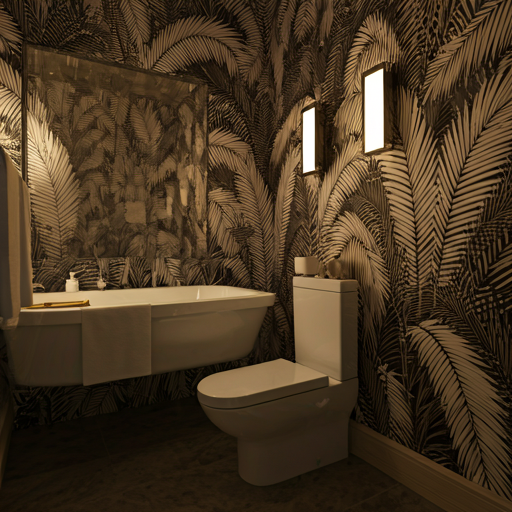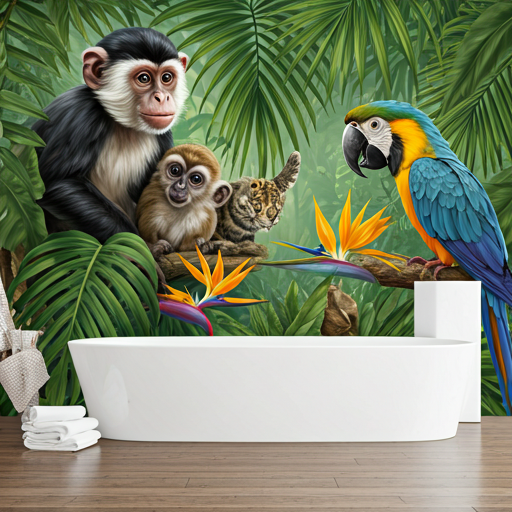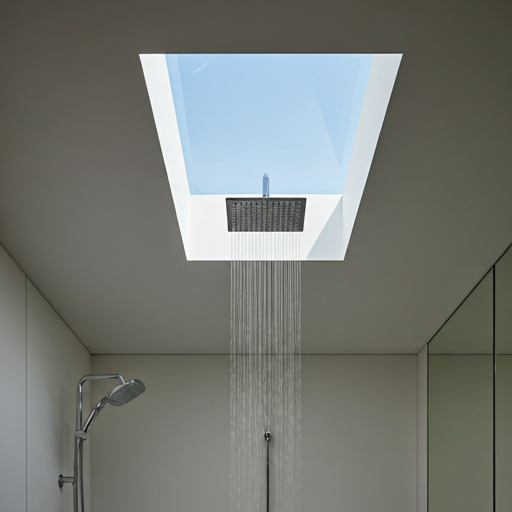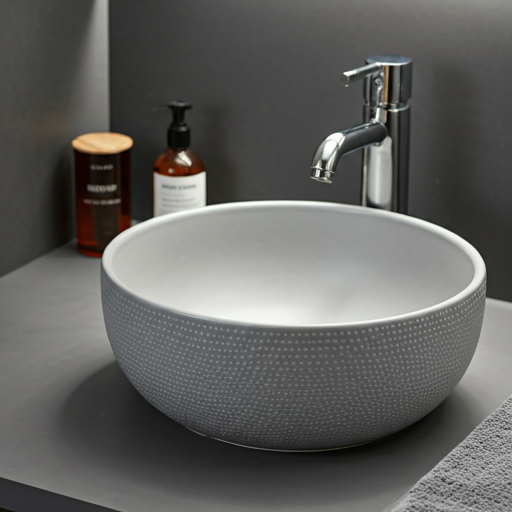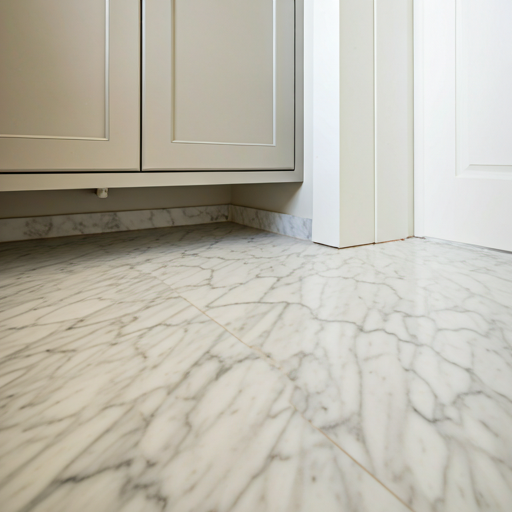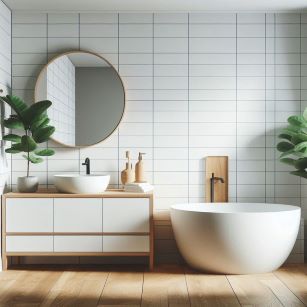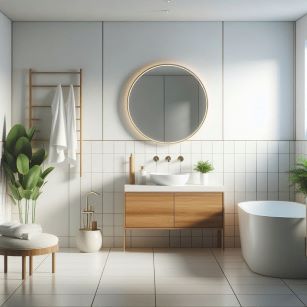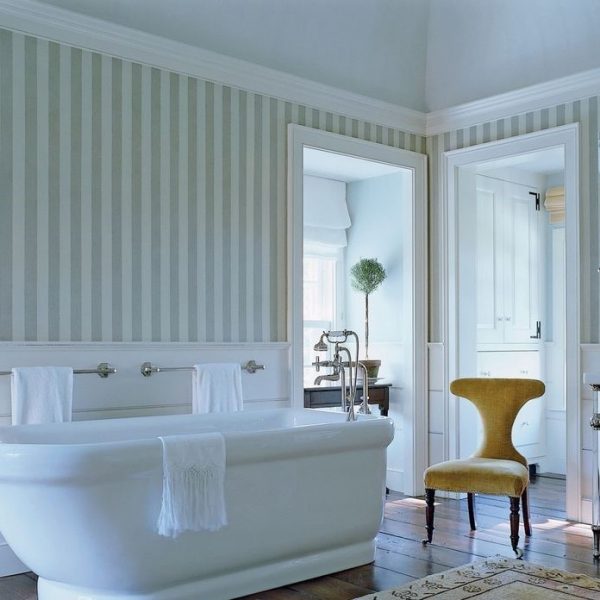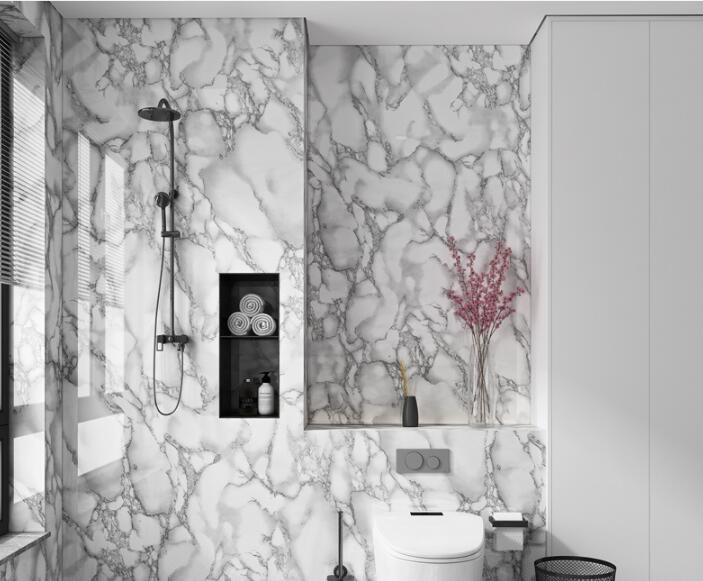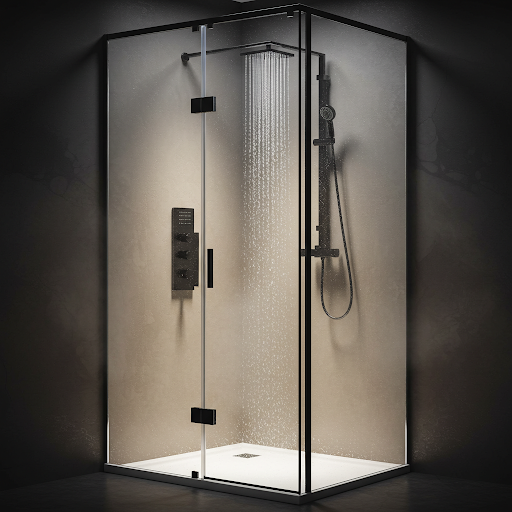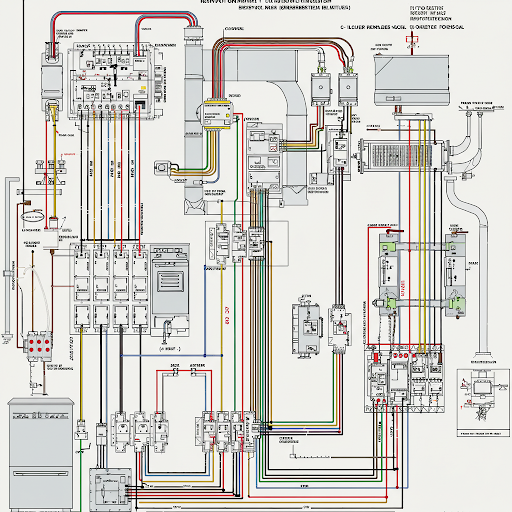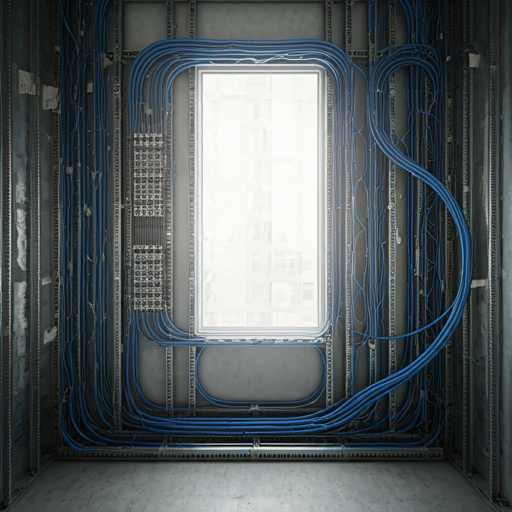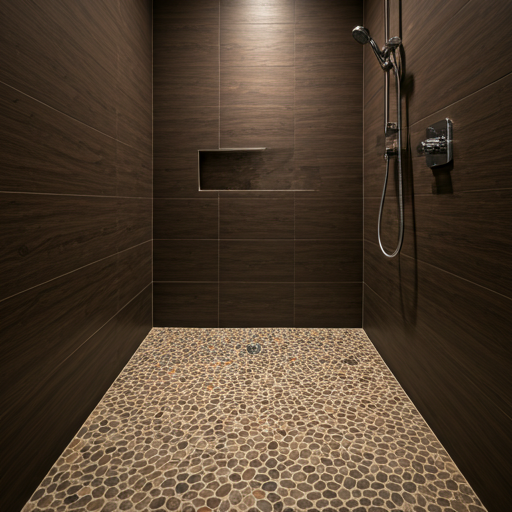Description
A bathroom remodel can range from a simple refresh to a complete overhaul. Therefore there are many ways to give your bathroom a look that you love. Maybe all it takes to update it is some small interventions. Like changing the color of the walls, hanging a shower curtain, or putting a rug on the floor. Sometimes, changing the plumbing is enough to make the bathroom look fresh and modern. If you decide to completely update its appearance, you can remove the bathtub and organize a shower area with transparent glass panels in its place. Or divide the space of the room into two parts – a shower and a bathtub. Such solutions will look elegant and custom-made.
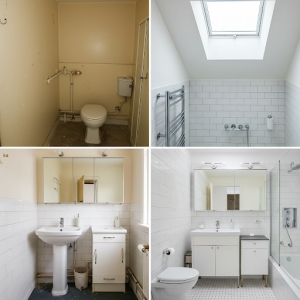
The key point for most modern bathroom remodel projects is the creation of open space or its appearance. There are many ways to create this visual effect. It can be achieved with the help of light colors and contrast, or cleverly placed patterns. And even glass or reflective surfaces. Vertical orientation and giving the space depth are the common denominators in current shower ideas. Thanks to this each of them will create a feeling of spaciousness and newness.
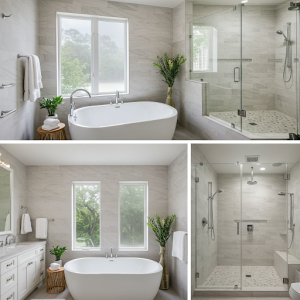
If the remodeling does not involve major changes (changing only taps, toilets, or coverings), a good team of master specialists (basically ceramists and plumbers) will be enough.
On the other hand, if the remodeling includes more radical changes, such as the distribution of the space – which involves modifying tap pipes and/or toilet flushes – an expert is required.
Showers and tubs bathroom remodel
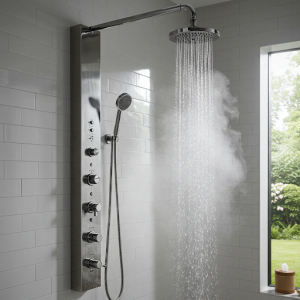
The definition of whether to have a shower or a tub depends on the use or size of the space and the habits of the user. A good-sized shower enclosure – measuring 70x140cm and 80x120cm – is very comfortable and practical. But some people like to take tub baths. And if possible with a hydromassage, where there are models with hydrotherapy and measurements ranging from 70x150cm to 140x180cm.
Essential to living a unique experience in the bathroom is to have a first-class shower. This ensures that you enjoy the pleasure of water to the fullest, thanks to their technology, design, and quality. A truly exceptional bathroom experience hinges on a luxurious shower that elevates the simple act of bathing. High-quality showers, with advanced technology like multiple spray settings and precise temperature control, transform a mundane routine into a spa-like indulgence.
Thoughtful design, incorporating features like rainfall showerheads and spacious enclosures, further enhances the sensory experience. Investing in a first-class shower ensures that the pleasure of water isn’t just functional, but a source of rejuvenation and delight.
Shower Remodel
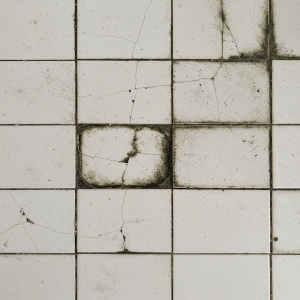
Have you ever thought about how to update your shower area and give it a new, fresh look? When and how to renovate a shower surface is a question that worries many home and apartment owners. Worn tiles, cracked grout, a shower tray that has lost its appeal – all these are signs that it’s time to think about a bathroom remodel.
The need for a bathroom remodel may arise for various reasons. Sometimes it is due to the natural wear and tear of materials. Tiles may crack or chip, and grout between tiles may darken and become moldy. And shower trays may rot or become deformed. In other cases, repairs may be required after shower leaks, flooding, or other damage caused by accidents. Situations that require immediate intervention are leaks that may flood neighbors. Or serious damage to the coating that threatens the safety and integrity of the structure.
However, bathroom remodeling is not always associated with emergencies. Sometimes it is simply a desire for a bathroom remodel, to give it a modern and stylish look. In such cases, renovation may include replacing outdated tiles with more modern ones, installing a new tray or shower cabin, as well as updating plumbing and accessories. It is important to remember that timely renovation not only improves the appearance of the shower but also prevents more serious and expensive problems in the future.
What is more suitable for bathrooms, porcelain, tiles, or other?
For a residential bathroom remodel, there are not many restrictions on the choice of wall covering. Because they will always be interior spaces with low to medium traffic. Therefore glazed ceramic or porcelain can be used. The difference between one product and another is that the latter is a more technical ceramic with very low water absorption, which can be used on floors and walls. The definition will always depend on its design, finish, format, and available budget.
Custom tiled showers and tubs are ideal home bathroom remodeling projects to showcase your design style. And increase bathroom functionality and comfort while adding value to your home.
But bathroom remodels come with the worry of water damage. While some porcelain tiles may be highly resistant to moisture, they are not waterproof. All tiles should be installed in conjunction with a waterproofing system that effectively manages moisture. This is to protect moisture-sensitive building materials and prevent mold growth.
If the installation process is not done correctly, it creates liability and a lot of headaches. Here’s what you need to know before you jump into your project:
The Old School Installation Method
– This consists of a “mud base” shower floor and cement board wall installation. A “mud base” shower includes an initial cement base that is pre-sloped to a center drain. Over that “pre-sloped” is installed a waterproof PVC liner with a hand-molded cement layer approximately 2″ to 3″ thick around the perimeter. The finished tile is installed over the final cement layer, flush with the shower drain.
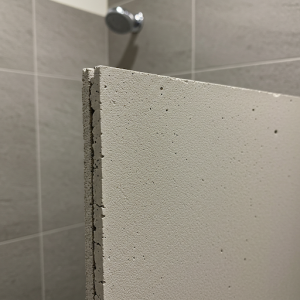 Shower walls are often constructed of cement board or drywall installed directly over wood framing. The green board is moisture-resistant and is suitable for areas outside the shower with higher humidity levels. But is not intended for use in interior showers with direct exposure to moisture. Cement board is designed for high-humidity applications: it is strong and is not typically compromised by extreme humidity (but is very porous, as almost any cement can be). Moisture and water vapor can be easily absorbed by cement board, and in many cases, beyond it.
Shower walls are often constructed of cement board or drywall installed directly over wood framing. The green board is moisture-resistant and is suitable for areas outside the shower with higher humidity levels. But is not intended for use in interior showers with direct exposure to moisture. Cement board is designed for high-humidity applications: it is strong and is not typically compromised by extreme humidity (but is very porous, as almost any cement can be). Moisture and water vapor can be easily absorbed by cement board, and in many cases, beyond it.
While this installation method is acceptable as an industry standard and when completed in the prescribed manner can offer many years of service, it does have limits: The challenge with shower or tub surrounds constructed using this method is that the cementitious materials beyond the tile will retain moisture with regular use. The constant presence of moisture creates an ideal environment for mold and mildew growth.
The most important element in a waterproof shower installation is the material behind the tile
– it’s what you can’t see that creates the barrier to prevent moisture from being absorbed into the building materials of your walls and floors. Everything above that barrier – the tile and grout – is merely cosmetic.
In addition to waterproof membranes, we use other waterproofing materials to build showers: pre-built elements such as recessed niches, pre-formed seats and shower pans, drains, and trim. We also use waterproof panels to customize shower installations, using them to build bench seating or create curved walls.
To get the job done right the first time so you can enjoy a worry-free tile shower in your home, with the clean, quality finish you desire, talk to a contractor like Wallpaper Kenya who uses the best methods and products.
Materials needed for a bathroom remodel
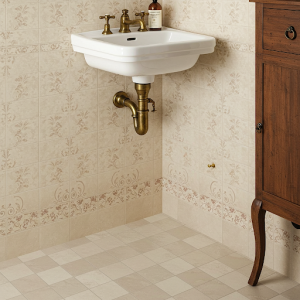
The choice of materials and technologies for renovating a shower enclosure depends on several factors, including budget, interior style, and personal preference. There is a wide range of materials on the market. From traditional ceramic tiles to modern composite materials and natural stone. Ceramic tiles remain one of the most popular options due to their durability, water resistance, and variety of design solutions. However, keep in mind that laying tiles is a labor-intensive process that requires certain skills and experience.
An alternative to tiles is acrylic panels, which are easy to install and have excellent water-resistant properties. They offer a wide range of colors and textures, allowing you to create a unique shower design. It is also worth considering natural stone, such as marble or granite, which will give the shower room a luxurious and elegant look. However, it should be remembered that natural stone requires more careful maintenance and can be more expensive than other materials. Wallpaper Kenya offers extraordinary and unique premium quality products made of solid thermally modified wood and valuable wood species. Including our excellent Wooden shower mat 80×80 premium moisture-resistant made of thermally modified wood, which will become a stylish and practical addition to the updated shower.
How to remodel a bathroom ceiling
To make a beautiful, cozy, and practical room out of the bathroom remodel, it is important to consider some important points concerning both the ceiling finish itself and the materials used. It is very important to choose the right lighting fixtures and plumbing elements. It is best to carry out repairs comprehensively, with the replacement of electrical wiring, and old pipes, and finishing of the ceiling, walls, and floor.
Features of ceiling finishing
The ceiling in the bathroom must meet such requirements as aesthetic appearance, moisture resistance, affordable price, safety, environmental friendliness, and fire safety. The material mustn’t be subject to corrosion or the influence of fungus, insects, or mold. Suspended structures should be such that it is easy to get to communications or built-in bulbs. It is worth approaching the choice of ceiling finish carefully so that it lasts a long time and does not have to be redone.
Ceiling space bathroom remodel finishing options
1. Pasting with lightweight polystyrene foam boards
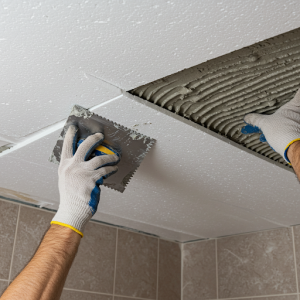
Lightweight polystyrene foam board ceiling finishing is one of the easiest and most economical since it gives a fairly effective result, and a beautiful appearance, and takes a minimum of time from the owner. In addition, such finishing does not require the use of dirty work using cement and mortar, which is a big advantage.
2. Suspended ceilings
Quite suspended ceiling structures are used in corporate offices. However, today suspended ceilings are also used in private homes. Most often they are made of plasterboard, however, slats, PVC panels, or stretch materials can be used as structural elements.
3. Wooden ceiling
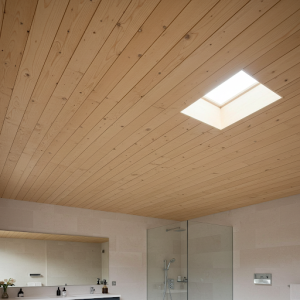
Most often, such finishing is used in baths, but it can also be used in wooden houses – log cabins, structures built using Canadian technology. Natural wood has a great advantage in terms of environmental friendliness, as well as complete moisture permeability, due to which moisture can freely escape through the wooden pores. Such a bath will always have a favorable microclimate.
4. Plastic panels
If the owners’ budget is limited, then it is recommended to make a ceiling from special plastic panels that have a very high moisture resistance. Such polyvinyl chloride panels look very beautiful and elegant, being a very durable and reliable material that perfectly withstands temperature changes.
5. Stretch ceilings
Surely many have heard that recently stretch ceilings, which are sheets made of PVC film or special fabric material, have been rapidly gaining popularity.
With such material, flooding is not a problem, since all the water will simply collect in the middle of the canvas, which will bend a little. A modern moisture-resistant ceiling can withstand up to 100 liters of water. After that, it can be dried. It will retain its original appearance.
Some tips for choosing:
- to visually increase the space of the bathroom, the best choice would be a glossy ceiling;
- it is better to choose a light shade for the ceiling in combination with the color of the walls, this will visually emphasize cleanliness and create a feeling of sterility;
- A ceiling with a marine theme will look harmonious and will maximally promote relaxation after a hard day at work.
6. Whitewashing
Whitewashing the ceiling is the easiest, but it will not look very nice. Whitewash is always grayish, compared to modern paints, and it is afraid of moisture, so you will have to do repairs often.
7. Water-based paint
Water-based acrylic paint is used even in the most modern solutions. With its help, you can give the ceiling any color and apply images. An important condition is that the ceiling must be leveled before painting.
Water-based acrylic paint tolerates moisture well, it allows the walls to breathe and does not cause condensation. It is diluted to the desired color using a colorant, which is sold separately. The paint can be applied with a roller or a brush, preferably in one go and without streaks. To decorate the ceiling with a pattern, use different colors and the stencil technique if there are no artistic skills. Water-based paint is inexpensive, three liters will be enough for a small bathroom.
8. Vinyl wallpaper
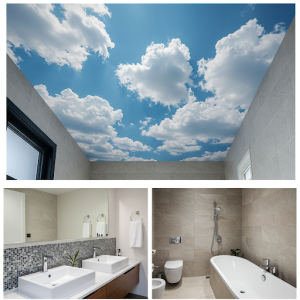
Vinyl wallpaper is also not afraid of moisture, as it consists of two layers. Unfortunately, it accumulates condensation. With humidity and a poorly functioning exhaust hood, black mold forms at the joints of the wallpaper. Vinyl wallpaper can hide minor defects, but it should only be glued to a leveled surface.

